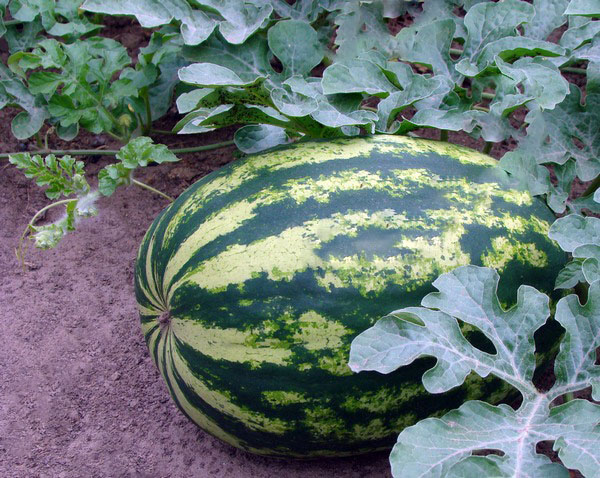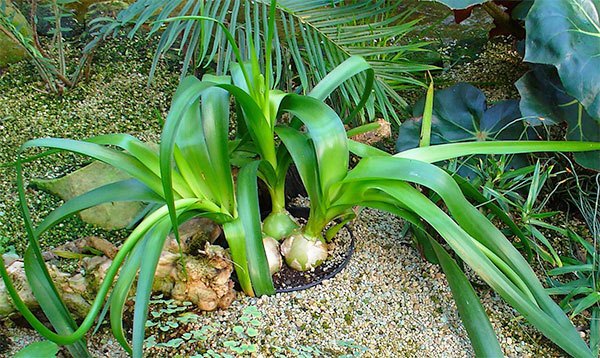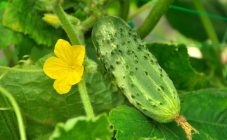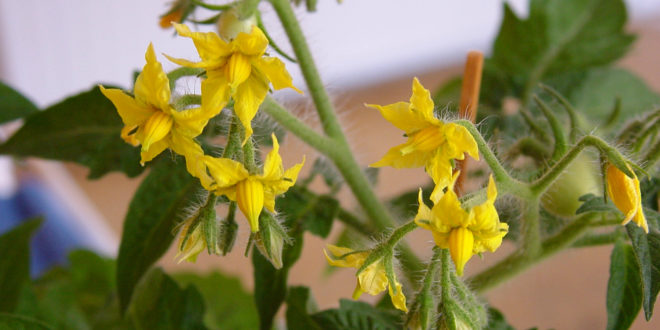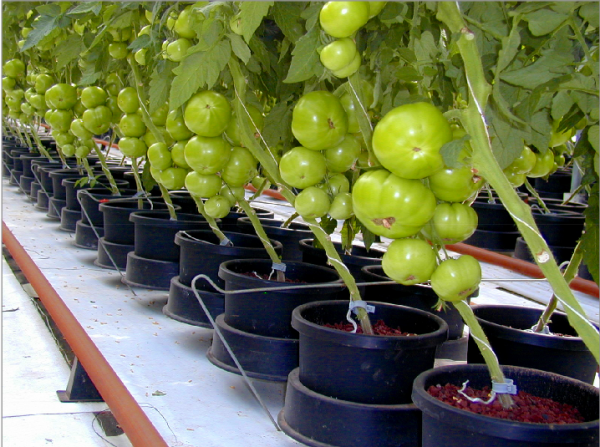Content:
Chrysanthemum in a flowerpot is a wonderful shrub plant that will decorate any home and fill it with a specific aroma. Unlike its street counterparts, it is small in size and spherical. Variations of varieties and colors are quite extensive, so everyone can choose something to their liking.
For growing chrysanthemums at home on a windowsill or on a balcony, small plants of the Chinese or mulberry varieties are well suited. Home chrysanthemum is not too demanding to care for, so it is suitable even for the most novice gardener. Bushes bloom profusely and are easy to propagate. Be sure to pay attention when buying a plant to be healthy, in this case caring for it will not cause big problems.
Chrysanthemum in a pot: home care
Chrysanthemums are usually sold in plastic containers. Having brought them home, they need to be transplanted into larger pots, while watering abundantly with lukewarm water. In summer, containers with flowers can be placed on the balcony.
In the fall, when flowering is complete, you need to cut the stems of the plant and move the flower to a basement or other dry and dark place. The temperature there should not exceed 5-8 ° С. In winter, you only need to water the plant once a month.
If it is not possible to move the plant to a special cool place, you can leave it on the windowsill, but before that it should be cut off and get rid of dried buds.
What do you first need to know about potted chrysanthemums and how to care for them at home?
The right temperature and lighting is half the battle. For the growth of a chrysanthemum at home, an optimal temperature regime is required. The air should be cool, about 15 ° C, maximum - 18 ° C. Moreover, most of the time the chrysanthemum should be in the shade. If the temperature is too high, the plant will dry out.
A bush flower, in addition to the correct temperature, requires high humidity. This consists not only in watering, but also in the humidity of the air in the room in which the plant is located. If the soil dries up, it can affect the drying out of the entire root system. To maintain a comfortable moisture for the plant, it must be constantly sprayed. Watering is required at least 2-3 times a week, but to do it so that the water in the vessel does not stagnate, but the earth is well moistened.
To grow a plant at home, do not forget about proper flower nutrition. The indoor flower quickly takes all the minerals and useful trace elements it needs from the potting soil. Therefore, the provision of fresh fertilizer should take place regularly. For home chrysanthemums, mineral fertilizers are best suited to compensate for the plant's lack of potassium and phosphorus, since their lack can lead to a lack of flowering. To grow a beautiful, fragrant flower, it is worth adding a kind of mix of fertilizers to the soil: nitrogen, potassium, phosphorus.
Chrysanthemum transplantation at home is another important point in the care and maintenance. Still young flowers are transplanted 1 year later, after the first time they bloom. Mature plants are transplanted once a year. It is recommended to add sand and peat to the soil prepared for transplanting. To add in growth, a little bird droppings should be added to the transplanted plant.
Chrysanthemum home: care and reproduction
Most novice growers consider chrysanthemum an annual plant and after it blooms, they simply throw it away. Do not rush to do this. The plant can not only be preserved, but also multiplied. There are 3 main ways to do this.
- Cuttings. Shoots up to 8 cm long are separated from the main bush. Having processed them in a solution of potassium permanganate, they should be planted in the ground to a depth of 1.5-2 cm. The soil should be loose and filled with nutritious vitamins and minerals. After the cuttings are covered with foil to create a greenhouse effect. It should be opened about 1-2 times a month in order to avoid fungal growth on the sprouts. When they grow 15 cm, you will need to pinch them on top to make a beautiful bush in the future.
- Another way of reproduction of chrysanthemums is by division. One bush gives 4-5 shoots. To get a new plant, you need to carefully remove the bush from the pot and separate the roots from each other, and then move the shoot to a separate soil. If done correctly, a new chrysanthemum bush will appear in the spring.
- The latter method, to grow chrysanthemum, is only used by experienced gardeners and is not recommended for beginners. For this, seeds are used. The process is very long and laborious, so if there is no proper experience, it is better to resort to the two options above.
If you wish, the plant can be moved into open ground so that the chrysanthemum will delight the owners in the garden. It is better to do this in the first weeks of March.
Plants transplanted to the street grow significantly in size, strengthen the roots and bloom more abundantly. With the onset of cold weather, the flower should be dug up and removed to a warm place until spring.
What kind of home chrysanthemum requires care after winter
Spring care activities for chrysanthemums begin in early March. Be sure to do the following for a novice gardener:
- Move the plant to a new location - to fresh soil. For one indoor chrysanthemum, a pot with a diameter of 10-12 cm is suitable. The sprouts should be placed neatly along the edges with an outer slope.
- A flower pot is best placed on the sunny side.
- To make the plant bloom in the future, you need to water it well and fertilize it. For quick gardening of a flower, it is best to add nitrogen baits, and before flowering itself - with the addition of phosphorus and potassium. If the gardener wants the chrysanthemum to be large and strong, it is worth watering it with growth stimulants.
- Later, the plant needs to be cut or pinched.
Why the chrysanthemum did not bloom:
- the plant was not pruned on time;
- not enough sunlight;
- small or, conversely, a large number of fertilizers used;
- unsuitable soil;
- watering too often, which can even kill the flower in the end.
Diseases and pests dangerous to domestic chrysanthemum:
- Spider mite. It is determined by the presence of thin cobweb threads on the leaves. The insects themselves are very difficult to detect without a magnifying glass. They live in the lower part of the stem.Fighting the parasite is quite simple: you need to moisten a sponge or soft cloth in soapy water and gently rinse all the leaves, and then put the flower in a pot under a warm shower.
- The appearance of gray plaque is also called gray rot. The disease affects the plant completely: the leaves and roots gradually rot. To fight, you will need special preparations, which can be purchased at any gardening store. For example, foundazol or topsin-M. After the plant is best moved to a sunny location. With constant treatment, the disease will disappear after 1.5 weeks.
- When red or yellow spots appear on the leaves, it is also worth using a foundation.
- Powdery mildew manifests itself as a gray bloom on the stem or leaves. A solution of Bordeaux liquid will help to get rid of.
- Fungus may appear. It is given by the presence of round spots on the foliage of a rusty hue. The shoots become brittle, and the leaves shrink. Treatment is copper oxychloride.
- The appearance of brown spots with a yellow frame on the leaves indicates the presence of a red spider mite. This parasite appears when there is insufficient air humidity. The best remedy is foundation. You also need to increase the frequency of watering the flower.
This is the main part of the ailments that flower growers most often complain about. However, there are also such cases:
- dwarfism of a plant, which occurs due to slow growth and deformation of buds;
- the appearance of spots on the foliage in the form of a mosaic;
- verticillosis affects the root system of the chrysanthemum, because of which the stems become brittle and die off;
- burgundy varieties of chrysanthemum are susceptible to seedless disease - the buds turn yellow and wither.
The diseases listed above are treated with the same foundation. You can also seek advice from an employee of a gardening store or a gardener with extensive experience in the cultivation of such flowers. Usually, the correct treatment gives results within 20 days.
It may seem that there is a lot of fiddling with chrysanthemums even at home. But it's worth it: the grown flower will respond to the owner with gratitude in the form of beautiful, bright flowers, a specific aroma.



